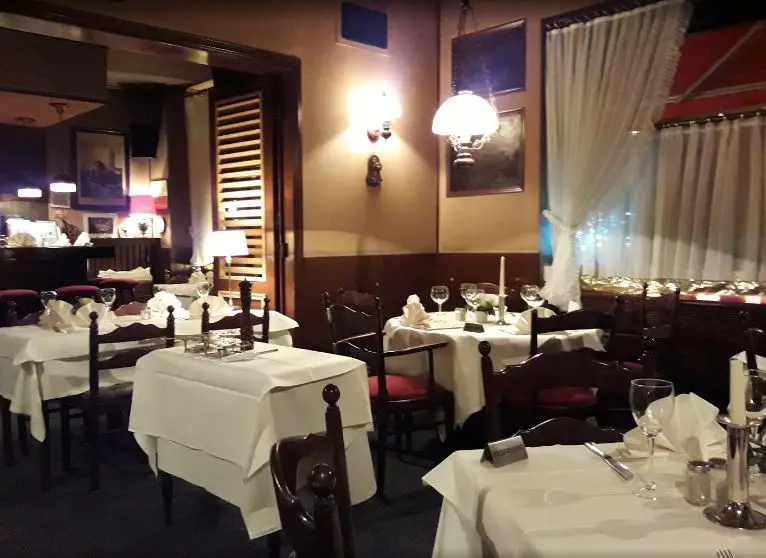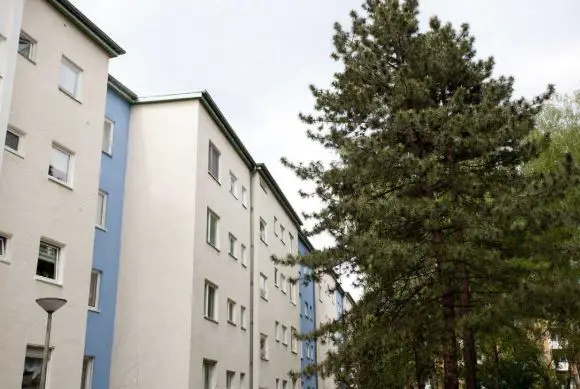Is it customary to remove shoes when entering homes?
Post ByAdequate Travel
Summary
For many cultures all around the world, the practice of removing your shoes when entering somebody's home is deeply entrenched tradition. In this blog, we look at why it is customary to remove shoes when visiting someone's house, and the benefits of doing so.
Keep in mind that travel guidelines and travel rules may change anytime, so regularly check for updates to ensure a hassle-free and memorable travel experience.
In many cultures, it is customary to remove shoes when entering homes. This practice varies from country to country and even within regions of the same country. Let's explore this custom in different parts of the world:1. East Asian Countries:In East Asian countries such as Japan, South Korea, and China, it is almost universally expected to remove shoes before entering someone's home or certain public spaces. This is rooted in the tradition of maintaining cleanliness and avoiding tracking dirt or outdoor pollutants inside. Visitors are usually provided with slippers to wear indoors as a replacement.Example: In Japanese homes, you will often find a designated area near the entrance where you are expected to remove your shoes. There might be shoe racks or closets, and it is common to see a collection of slippers for guests.2. Middle Eastern and Southeast Asian Countries:In countries like the United Arab Emirates, Saudi Arabia, and Thailand, it is customary to remove shoes before entering homes, mosques, and temples. This shows respect for the religious and cultural significance of the place and also helps keep the environment clean.Example: In Thailand, it is common to place shoes outside the entrance of homes. Temples usually have shoe racks or designated areas where visitors leave their footwear to maintain cleanliness and show reverence.3. Northern European Countries:In countries like Sweden, Norway, and Finland, it is often custom to remove shoes when entering someone's home. This is more of a practical custom, as these countries often face snowy, muddy, or wet weather conditions. Removing shoes helps in preventing dirt, mud, and moisture from getting inside, keeping the floors clean and dry.Example: In Sweden and Norway, homes generally have a small foyer, hallway, or mudroom right after the entrance door where shoes are left. In some cases, guests might be provided with indoor slippers to wear instead.4. North America and Western Europe:In North American and Western European countries, the custom of removing shoes in homes is less prevalent. However, it is not uncommon to find households where shoes are requested to be taken off, especially in areas with a larger immigrant population or where people are mindful of cleanliness.Example: In Canada, due to the influence of diverse cultures, some households might have a shoe rack or ask guests to remove their shoes, particularly during rainy or snowy seasons. Similarly, some households in Western Europe may have a cultural preference or personal choice to leave shoes at the door.While these represent some general trends, it is important to note that not all homes within a region or country follow the same customs. It is always best to follow the lead of the host and observe whether they have provided a specific area for shoes or given any indications about shoe removal.
In many cultures, it is customary to remove shoes when entering homes. This practice varies from country to country and even within regions of the same country. Let's explore this custom in different parts of the world:1. East Asian Countries:In East Asian countries such as Japan, South Korea, and China, it is almost universally expected to remove shoes before entering someone's home or certain public spaces. This is rooted in the tradition of maintaining cleanliness and avoiding tracking dirt or outdoor pollutants inside. Visitors are usually provided with slippers to wear indoors as a replacement.Example: In Japanese homes, you will often find a designated area near the entrance where you are expected to remove your shoes. There might be shoe racks or closets, and it is common to see a collection of slippers for guests.2. Middle Eastern and Southeast Asian Countries:In countries like the United Arab Emirates, Saudi Arabia, and Thailand, it is customary to remove shoes before entering homes, mosques, and temples. This shows respect for the religious and cultural significance of the place and also helps keep the environment clean.Example: In Thailand, it is common to place shoes outside the entrance of homes. Temples usually have shoe racks or designated areas where visitors leave their footwear to maintain cleanliness and show reverence.3. Northern European Countries:In countries like Sweden, Norway, and Finland, it is often custom to remove shoes when entering someone's home. This is more of a practical custom, as these countries often face snowy, muddy, or wet weather conditions. Removing shoes helps in preventing dirt, mud, and moisture from getting inside, keeping the floors clean and dry.Example: In Sweden and Norway, homes generally have a small foyer, hallway, or mudroom right after the entrance door where shoes are left. In some cases, guests might be provided with indoor slippers to wear instead.4. North America and Western Europe:In North American and Western European countries, the custom of removing shoes in homes is less prevalent. However, it is not uncommon to find households where shoes are requested to be taken off, especially in areas with a larger immigrant population or where people are mindful of cleanliness.Example: In Canada, due to the influence of diverse cultures, some households might have a shoe rack or ask guests to remove their shoes, particularly during rainy or snowy seasons. Similarly, some households in Western Europe may have a cultural preference or personal choice to leave shoes at the door.While these represent some general trends, it is important to note that not all homes within a region or country follow the same customs. It is always best to follow the lead of the host and observe whether they have provided a specific area for shoes or given any indications about shoe removal.
Suggested Questions
- Schlosshotel Kronberg, Kronberg im Taunus: Horror Story, History & Paranomial Activities
- St. Jakobskirche, Rothenburg ob der Tauber: Horror Story, History & Paranomial Activities
- Ruine Falkenstein, Königswinter: Horror Story, History & Paranomial Activities
- Schloss Bensberg, Bergisch Gladbach: Horror Story, History & Paranomial Activities
- Bergkirchweih, Erlangen: Horror Story, History & Paranomial Activities
- Frankfurter Hof, Frankfurt: Horror Story, History & Paranomial Activities











